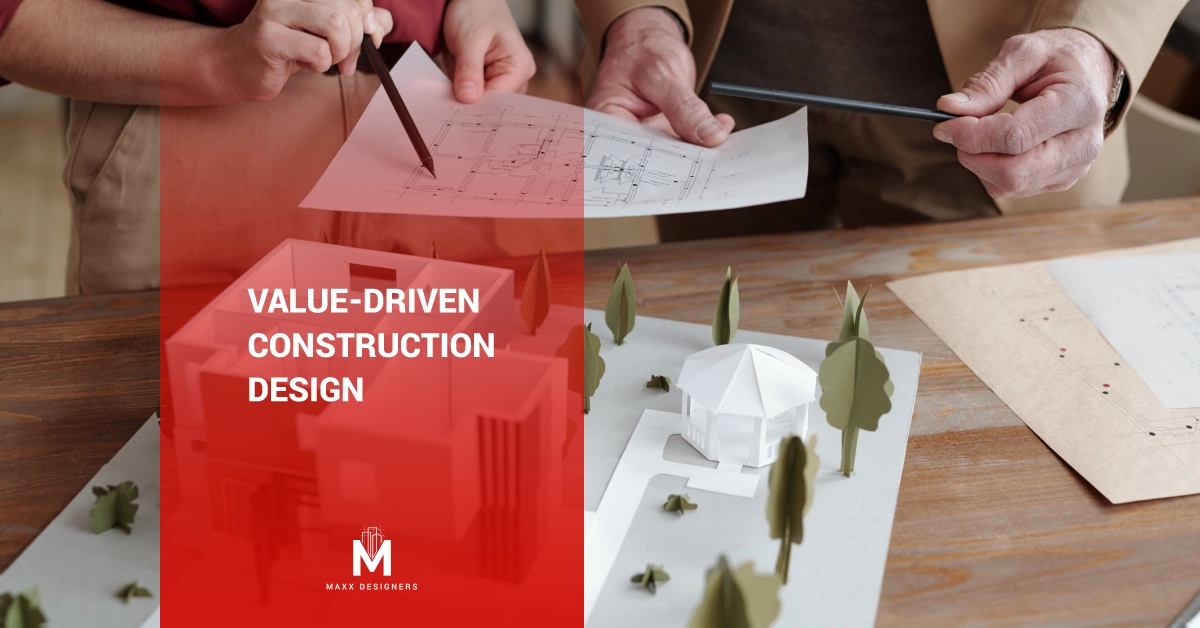Everyone wants to cut costs, but not at the expense of the project’s functionality.
It is imperative for design professionals such as architects and engineers, to strive in achieving excellence in their respected fields as their efforts directly have an impact on their reputation in the industry. They must work within the given budget and prove their competence while demonstrating efficiency and attention to detail in their work. Costs must be kept low and true expertise lies in doing so without compromising the project’s functionality. So how is a high-quality service rendered that also meets the budget? Yes, it is possible! We do it all the time. How? Two words: Value Engineering.
This time-tested process is focused on improving the value of a product by substituting low-cost options without sacrificing the quality of work. Value engineering is a win-win for all parties involved. By meeting an owner’s performance standards with money-saving solutions, design professionals deliver incredible value to their clients and boost their reputations.
We’re here to help ease the process for you. Here are six steps to value engineering:
Step 1: Identify the material makeup of a project. Ask yourself: What is this?
Step 2: Analyze the functions of those elements. Ask yourself: What does this do?
Step 3: Develop alternative solutions for delivering those functions. Ask yourself: What else could do this?
Step 4: Assess the alternative solutions. Ask yourself: Can this still deliver the experience the owner demands?
Step 5: Allocate costs to the alternative solutions. Ask yourself: How much will this cost?
Step 6: Develop the alternatives with the highest likelihood of success. Ask yourself: What will do the best job for the longest time?
A project owner’s expectations must be the highest priority when completing any project. No amount of money, work, or time saved will be sufficient enough if a project owner’s needs are not fully met. There could be several different motivations for completing a project, and the design professional must have a solid understanding of these components before the project even begins. But if designers can meet the owner’s objectives while saving money, they are well on their way to building a name for themselves.
